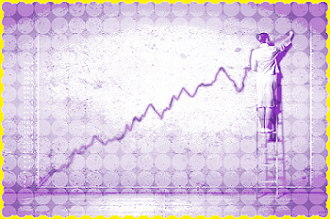
Summary
- Following up on our statistical analysis of the January effect, we did a similar exercise on the first quarter returns to see if they told us anything about the rest of the year.
- A positive Q1 has in the past, 92% of the time, led to a positive year as well; but a negative Q1 does not tell us much about whether the year will be positive or not.
- While the data is limited, after we combine the analysis of a positive first quarter and the size of the first quarter returns, there is enough statistical significance to say that Q1 returns do bode well for the rest of 2014.
A few months ago we did a statistical analysis of the January effect to see if the magnitude of January returns has any bearing on the rest of the year. We determined that while a positive January leads to a positive year 92% of the time, a negative January does not tell us much about whether the year will be positive or not.
We decided to conduct the same exercise on the first quarter returns of the S&P 500 to see if we could get some statistical answers about the rest of the year.
Correlation Analysis
We took the quarterly and annual returns of the S&P 500 price index from 1952-2013 and ran a correlation matrix between Q1 returns and the returns for the rest of the year. We made sure that the correlation study for the rest of the year did not include Q1 returns, but only Q2 through Q4 returns so as not to have Q1 returns influence the rest of the year’s returns.
We found there was a 0.15 correlation between how Q1 does and the how rest of the year performs. Extending the study to other quarters we found that Q1 had the highest correlation to the performance of the sum of the remaining 3 quarters.
Correlation of Quarterly Returns to the Rest of the Year’s Returns, S&P 500 (1952-2013)
- Q1:Â 0.15
- Q2:Â 0.13
- Q3:Â 0.05
- Q4:Â -0.05
Two Factor Analysis
Clearly Q1 has the strongest bearing on the S&P 500 performance for the rest of the year, so we decided to take a deeper look into the relationship. The next step was to conduct a 2 factor analysis. The 2 factors would be the direction of Q1 returns and the size of those returns and to see if they would give us more information on the annual returns. We broke out Q1 returns ranging from -15% to +15% and tallied the corresponding average annual returns as well as the percentage of positive years for each period.

